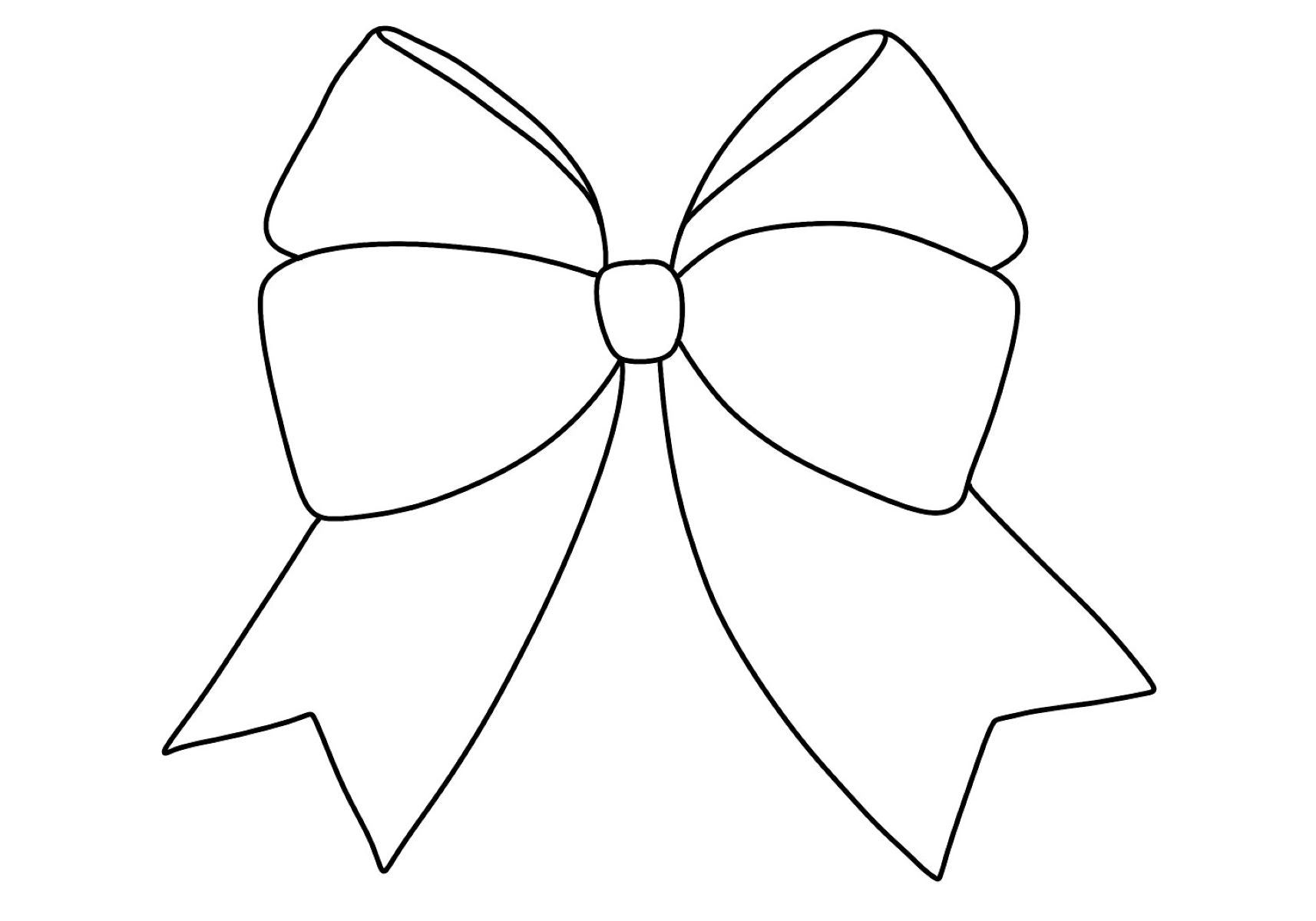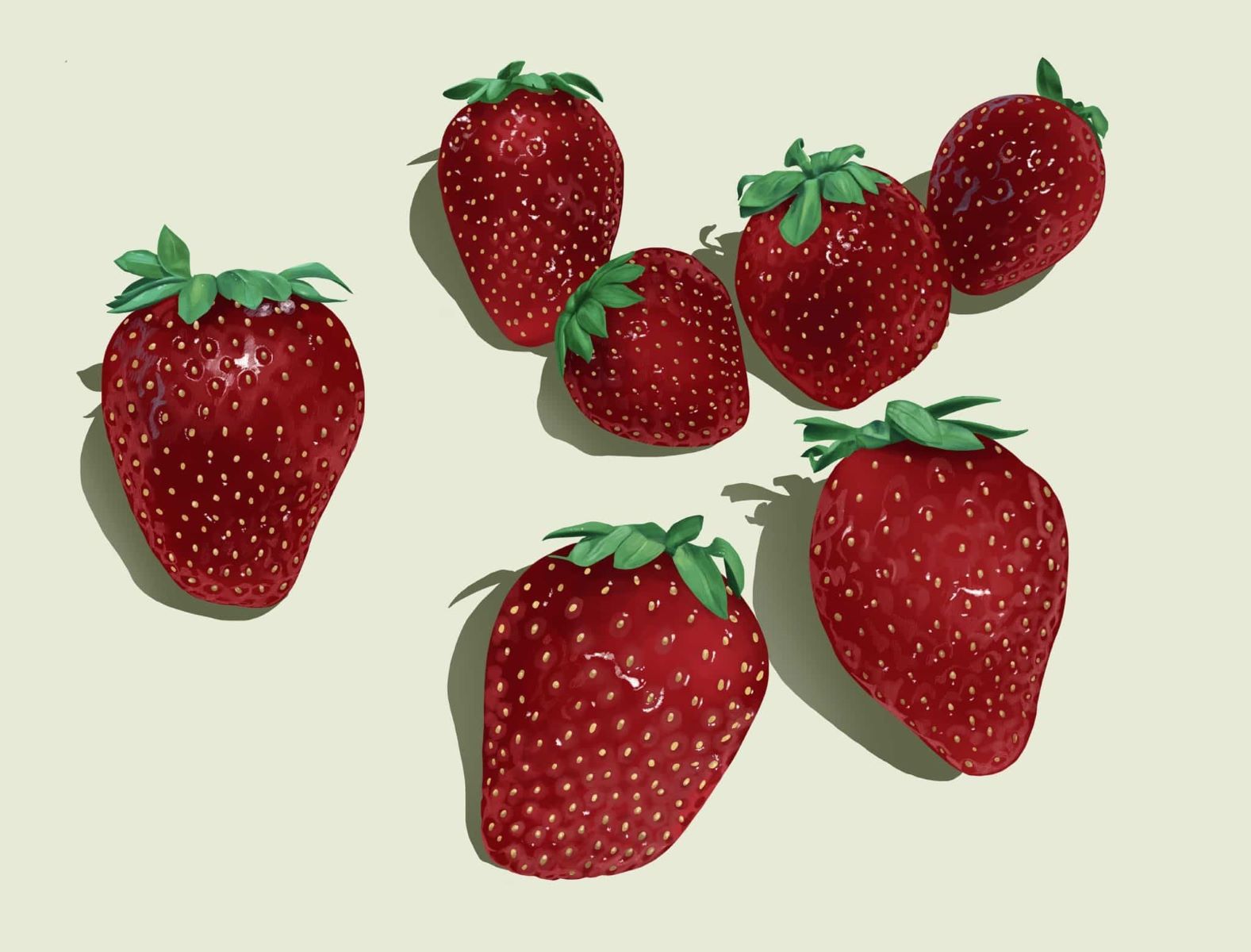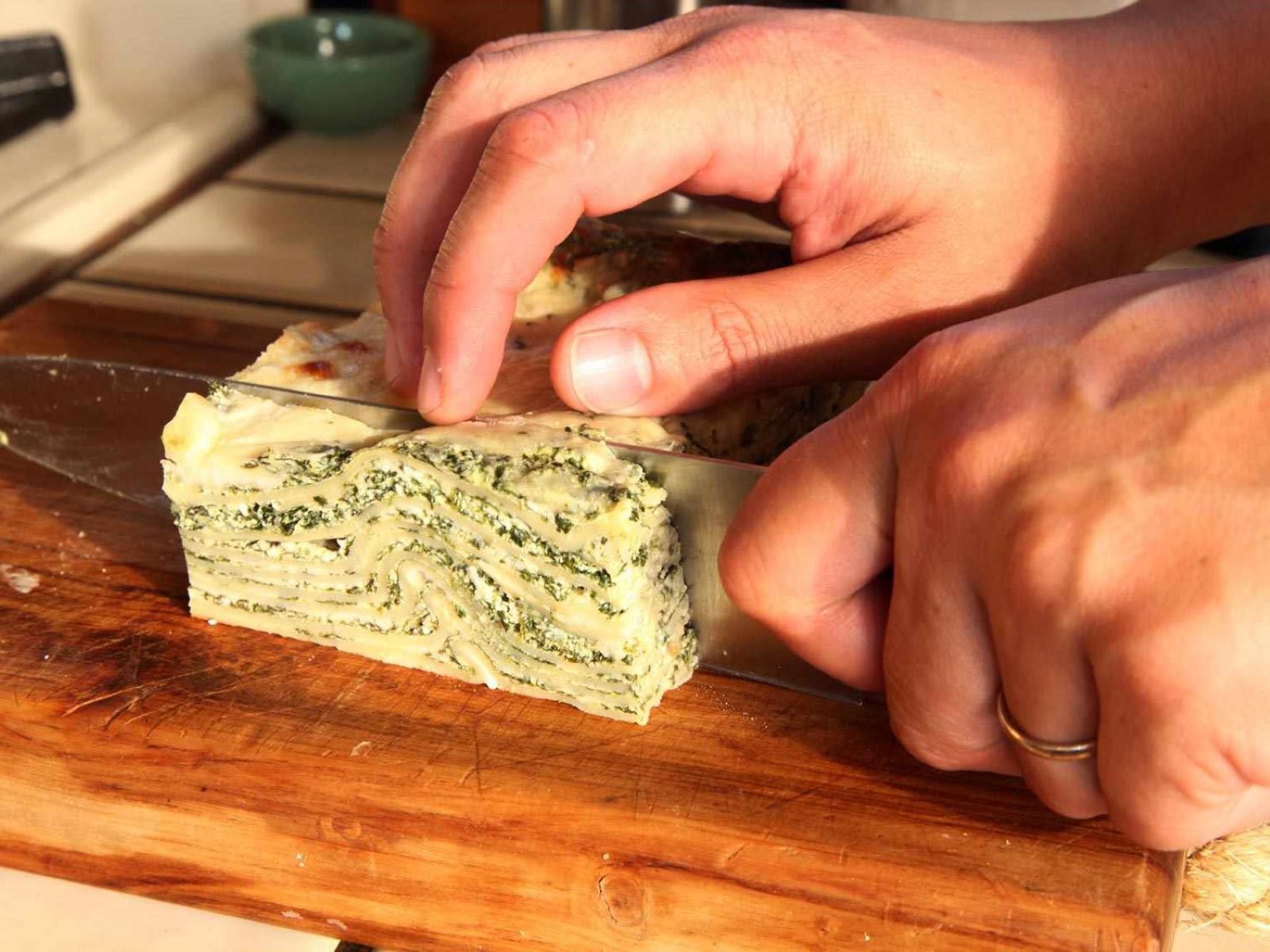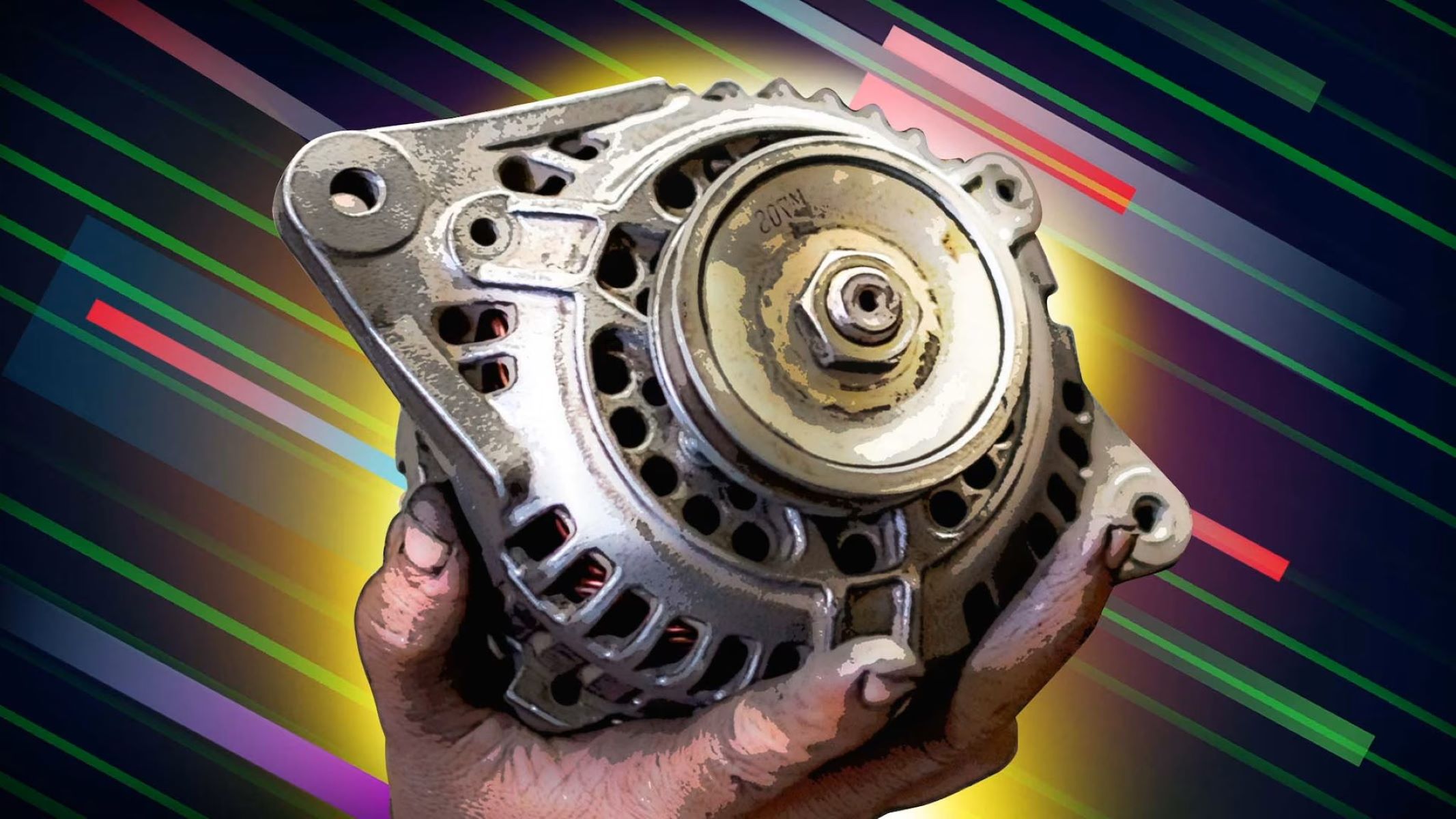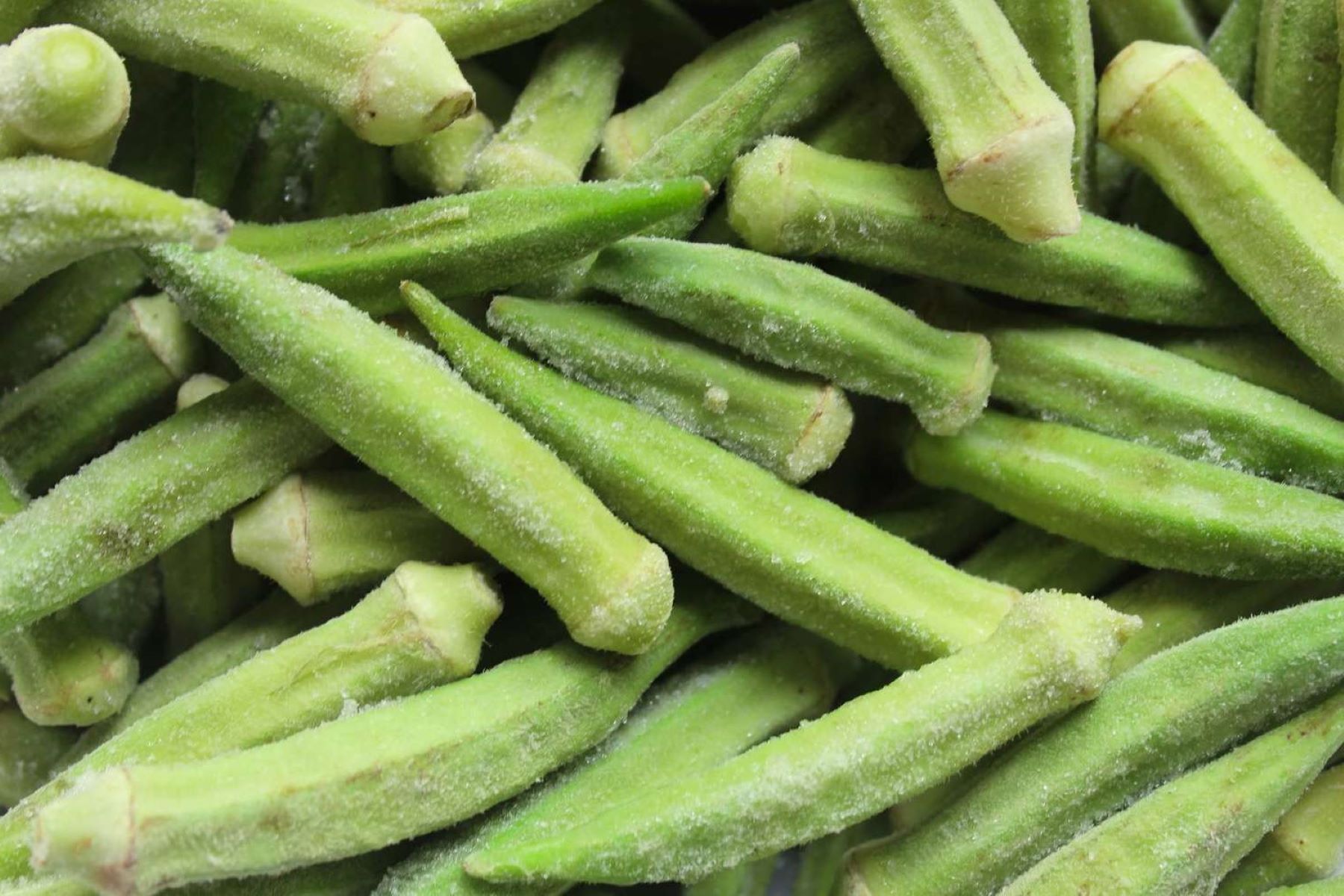

Lifestyle
How To Hula Hoop
Published: March 6, 2024
Learn the art of hula hooping and incorporate it into your lifestyle for a fun and effective way to stay active and healthy. Discover the benefits of hula hooping and start enjoying a new, exciting fitness routine today.
(Many of the links in this article redirect to a specific reviewed product. Your purchase of these products through affiliate links helps to generate commission for Regretless.com, at no extra cost. Learn more)
Table of Contents
Introduction
Hula hooping is not just child's play; it's a fantastic way to have fun, stay active, and express your creativity. Whether you're a beginner or an experienced hooper, there's always something new to learn and explore in the world of hula hooping. This timeless activity has evolved from a simple plastic toy to a versatile fitness tool and a form of artistic expression.
The rhythmic motion of hula hooping engages various muscle groups, making it an effective low-impact workout. It's a great way to improve your coordination, balance, and flexibility while burning calories and boosting your mood. Additionally, hula hooping can be a social activity, as it's often practiced in groups or at events such as music festivals and dance performances.
In recent years, hula hooping has experienced a resurgence in popularity, attracting people of all ages and backgrounds. From casual hoopers enjoying the meditative flow of the hoop to professional performers wowing audiences with dazzling routines, the hula hoop has found its place in the spotlight once again.
In this comprehensive guide, we'll explore everything you need to know about hula hooping, from choosing the right hoop to mastering advanced tricks. Whether you're looking to add a fun workout to your fitness routine or unleash your inner performer, hula hooping offers a world of possibilities. So, grab your hoop, clear some space, and get ready to embark on an exciting journey into the art and joy of hula hooping.
Choosing the Right Hula Hoop
Selecting the right hula hoop is crucial for a successful and enjoyable hooping experience. With a wide variety of hoops available in the market, it's essential to consider several factors to find the perfect fit for your needs and skill level.
Weight and Size
The weight and size of the hoop play a significant role in how it feels and performs during hooping. For beginners, a larger and heavier hoop is generally easier to control and keep in motion. A hoop with a diameter ranging from 38 to 42 inches and made from heavier materials, such as polyethylene, is recommended for beginners. As you progress, you may opt for a lighter hoop with a smaller diameter, which allows for more advanced tricks and faster rotations.
Material
Hula hoops come in various materials, each offering unique characteristics. Plastic hoops are commonly used for recreational hooping and are suitable for beginners due to their durability and affordability. For more experienced hoopers, polypro (polypropylene) hoops are popular for their lightweight and responsive nature, making them ideal for intricate tricks and dance routines. Additionally, collapsible or travel hoops, often made of polyethylene tubing, are convenient for hoopers on the go, as they can be disassembled for easy transport.
Design and Decoration
Beyond functionality, the design and decoration of the hoop can add a personal touch to your hooping experience. Some hoops feature vibrant tape designs, glitter, or reflective materials, which not only enhance visual appeal but also create mesmerizing light effects when hooping. Customizable hoops allow hoopers to express their individuality by selecting specific colors and patterns, making the hoop a reflection of their personality and style.
Read more: How To Be A Player
Consider Your Goals
When choosing a hula hoop, it's essential to consider your hooping goals. If you're primarily interested in fitness and exercise, a heavier hoop with a larger diameter may be suitable. On the other hand, if you're drawn to the artistic and expressive aspects of hooping, a lighter, more responsive hoop may be preferable for mastering intricate movements and choreography.
By taking these factors into account, you can make an informed decision when selecting a hula hoop that aligns with your preferences and goals, setting the stage for an enjoyable and fulfilling hooping journey.
Getting Started
Now that you have chosen the perfect hula hoop, it's time to embark on your hooping journey. Getting started with hula hooping involves familiarizing yourself with the basic techniques, understanding proper posture, and finding your rhythm. Here's a step-by-step guide to help you begin your hula hooping adventure:
-
Find Your Space: Start by selecting a spacious area free of obstacles. An open indoor space or a flat outdoor area with ample room to move around is ideal. Ensure that there are no fragile items or furniture nearby to avoid accidental collisions while hooping.
-
Posture and Stance: Stand with your feet shoulder-width apart and maintain a straight, yet relaxed posture. Engage your core muscles to provide stability and support as you begin hooping.
-
Hoop Placement: Hold the hoop against your back, positioning it horizontally around your waist. The hoop should rest against your lower back, with your hands gripping it lightly on either side.
-
Initiate the Spin: With a gentle push, spin the hoop around your waist in a clockwise or counterclockwise direction. Experiment with different speeds and angles to find the motion that keeps the hoop spinning comfortably around your waist.
-
Hip Movement: As the hoop rotates, engage your hips in a back-and-forth motion to maintain the hoop's momentum. Shift your weight from side to side, allowing your hips to guide the movement of the hoop.
-
Practice Patience: It's common for beginners to experience initial challenges in keeping the hoop spinning. Be patient and persistent, as mastering the basic waist hooping technique may take time. Focus on finding a rhythm and gradually increasing your hooping duration.
-
Mindful Breathing: While hooping, remember to breathe deeply and rhythmically. Relaxing your breath can help you stay calm and focused, enhancing your overall hooping experience.
-
Enjoy the Process: Embrace the learning curve and enjoy the sensation of the hoop in motion. Hooping is not just about perfecting techniques; it's about finding joy in the fluidity of movement and the meditative rhythm of the hoop.
By following these steps and maintaining a positive mindset, you'll lay a solid foundation for your hula hooping practice. As you become more comfortable with the basic techniques, you can gradually progress to mastering advanced tricks and exploring the creative possibilities of hula hooping. Remember, the key to success lies in patience, perseverance, and a willingness to embrace the playful spirit of hooping.
Basic Hula Hoop Techniques
Mastering the fundamental hula hoop techniques forms the cornerstone of a fulfilling hooping practice. These foundational movements not only lay the groundwork for more advanced tricks but also cultivate body awareness, coordination, and rhythm. Here's a detailed exploration of the basic hula hoop techniques to help you build a strong hooping repertoire:
Waist Hooping
Waist hooping serves as the quintessential hula hoop maneuver, involving the rhythmic rotation of the hoop around the waist. To initiate waist hooping, stand with your feet shoulder-width apart and gently spin the hoop around your waist in a continuous motion. Engage your core muscles and experiment with subtle hip movements to maintain the hoop's momentum. Finding the right balance of movement and relaxation is key to sustaining waist hooping effortlessly.
Read more: How To Graph A Parabola
Hand Spin
The hand spin technique introduces a dynamic element to hooping by incorporating hand movements into the hoop's rotation. Start by gripping the hoop with one hand and giving it a gentle spin in either direction. As the hoop gains momentum, transfer it to the other hand, allowing the hoop to glide smoothly across your palms. Practice transitioning the hoop between hands seamlessly, exploring different hand positions and speeds to create fluid, captivating movements.
Lasso
The lasso technique adds flair to your hooping routine, involving the graceful movement of the hoop above and around the body. Begin by holding the hoop in front of you at chest level and giving it a gentle spin. As the hoop rotates, lean back slightly and guide it in a circular motion above your head, creating a lasso-like effect. Experiment with variations such as spinning the hoop around your hand or transitioning into other tricks to expand your hooping repertoire.
Body Pass
Body pass introduces an engaging interaction between the hooper's body and the hoop, requiring coordination and spatial awareness. To execute a body pass, hold the hoop in front of you and give it a gentle spin. As the hoop rotates, lean forward and allow it to pass behind your back, then swiftly reach back to guide it back to the front. Mastering the body pass technique opens the door to seamless transitions and captivating choreography within your hooping practice.
Knee Hooping
Knee hooping offers a dynamic variation to traditional waist hooping, adding an exciting dimension to your hooping repertoire. To knee hoop, start by hooping around your waist and gradually lower the hoop to your knees. Engage your leg muscles to create a gentle rocking motion, propelling the hoop to rotate around your knees. Experiment with different speeds and movements to maintain the hoop's momentum, unlocking a playful and expressive style of hooping.
By incorporating these basic hula hoop techniques into your practice, you'll lay a solid foundation for your hooping journey, setting the stage for further exploration and mastery of advanced tricks. Embrace the rhythmic flow of the hoop and allow your creativity to flourish as you infuse these techniques with your unique style and expression.
Read more: How To Eat A Kiwi
Advanced Hula Hoop Tricks
As you progress in your hula hooping journey, mastering advanced tricks adds an exhilarating dimension to your practice, allowing you to showcase your creativity and skill. These captivating maneuvers require precision, coordination, and a deep understanding of the hoop's dynamics. Let's delve into a diverse array of advanced hula hoop tricks that will elevate your hooping repertoire and captivate your audience.
Isolations
Isolations are mesmerizing maneuvers that create the illusion of the hoop moving independently in space. To perform isolations, start with the hoop in front of you and use subtle hand movements to manipulate the hoop's rotation, creating the impression of it floating, tilting, and shifting in controlled patterns. Mastering isolations demands finesse and spatial awareness, resulting in captivating visual effects that mesmerize spectators.
Chest and Shoulder Hooping
Transitioning from waist hooping to chest and shoulder hooping introduces a dynamic element to your performance. By lifting the hoop from your waist to your chest and shoulders, you can maintain its rotation using subtle body movements and precise muscle control. Chest and shoulder hooping showcase your mastery of body isolation and add a graceful, fluid dimension to your hooping routine.
Vertical Hooping
Vertical hooping involves hooping in a vertical plane, defying gravity and adding a visually stunning element to your performance. By spinning the hoop around your body in a vertical orientation, you can create captivating patterns and transitions. Mastering vertical hooping requires precise hand and body movements, as well as a deep understanding of the hoop's momentum and balance, resulting in a mesmerizing display of skill and artistry.
Read more: How To Fillet A Trout
Multi-Hoop Manipulation
For hoopers seeking an advanced challenge, multi-hoop manipulation offers an exhilarating opportunity to showcase dexterity and coordination. By incorporating multiple hoops into your routine, you can create intricate patterns, weaves, and dynamic formations. Juggling, spinning, and transitioning between multiple hoops require exceptional hand-eye coordination and a deep understanding of timing and spatial relationships, resulting in a visually stunning and awe-inspiring performance.
Behind-the-Back Tricks
Behind-the-back tricks add an element of surprise and flair to your hooping routine, showcasing your agility and control. Maneuvers such as behind-the-back passes, rolls, and stalls require precise timing and spatial awareness, as you navigate the hoop's movement behind your back with finesse and confidence. These tricks add a dynamic and unexpected dimension to your performance, captivating your audience with their visual impact and technical skill.
By incorporating these advanced hula hoop tricks into your practice, you'll elevate your hooping repertoire, captivate your audience, and push the boundaries of your skill and creativity. Embrace the challenge, hone your technique, and infuse these tricks with your unique style and expression, creating a captivating and unforgettable hooping experience.
Common Mistakes to Avoid
While hula hooping is a delightful and rewarding activity, beginners may encounter common pitfalls that can hinder their progress and enjoyment. By being aware of these mistakes and taking proactive measures to address them, hoopers can enhance their experience and achieve greater success in their practice. Here are some prevalent mistakes to avoid when engaging in hula hooping:
Using the Wrong Hoop
Selecting the wrong hoop can significantly impact a hooper's experience. Using a hoop that is too light or too small can make it challenging to maintain momentum, leading to frustration and discouragement. Conversely, a hoop that is too heavy or large may hinder fluid movements and impede progress. It's essential to choose a hoop that aligns with your skill level and goals, ensuring a comfortable and effective hooping experience.
Read more: How To Draw A Dragon
Overthinking and Tension
Hooping is a rhythmic and fluid activity that thrives on natural movements and relaxation. Overthinking and tensing up the body can disrupt the flow of the hoop and impede progress. It's important for hoopers to cultivate a relaxed and focused mindset, allowing the body to move naturally with the hoop. By letting go of tension and embracing the meditative aspect of hooping, hoopers can achieve a smoother and more enjoyable practice.
Lack of Patience and Persistence
Mastering hula hoop techniques takes time and dedication. It's common for beginners to feel frustrated when they struggle to keep the hoop spinning or encounter challenges with new tricks. Impatience and a lack of persistence can hinder progress and lead to discouragement. Hoopers should approach their practice with patience, understanding that improvement comes with consistent effort and a willingness to overcome obstacles.
Poor Posture and Technique
Maintaining proper posture and technique is crucial for a successful hooping practice. Slouching or leaning too far forward can disrupt the hoop's rotation and lead to discomfort or strain. Additionally, using excessive force or erratic movements can impede the hoop's momentum and hinder progress. By focusing on maintaining good posture and refining technique, hoopers can enhance their control and fluidity, leading to a more effective and enjoyable hooping experience.
Neglecting Both Sides of the Body
Hooping primarily in one direction can lead to imbalances in muscle development and coordination. Neglecting to practice hooping in both clockwise and counterclockwise directions can limit a hooper's versatility and hinder their ability to perform a diverse range of tricks and transitions. It's important to dedicate time to hooping in both directions, allowing for balanced skill development and a more comprehensive hooping repertoire.
By recognizing and actively avoiding these common mistakes, hoopers can cultivate a more fulfilling and successful hula hooping practice. Embracing the learning process, maintaining a positive mindset, and addressing these challenges head-on will contribute to a rewarding and enjoyable hooping journey.
Read more: How To Make A Ring
Tips for Improving Your Hula Hooping Skills
Enhancing your hula hooping skills involves a combination of practice, mindfulness, and a willingness to explore new techniques. Whether you're a beginner honing your foundational moves or an experienced hooper seeking to refine advanced tricks, these tips will help elevate your hooping prowess and enrich your overall experience.
1. Consistent Practice
Devote regular time to hooping practice to build muscle memory and improve coordination. Consistency is key to mastering techniques and developing a seamless connection with the hoop. Set aside dedicated practice sessions, even if it's just a few minutes each day, to reinforce your skills and progress steadily.
2. Focus on Core Strength
Strengthening your core muscles can enhance your hooping abilities, making it easier to maintain the hoop's momentum and execute intricate movements. Incorporate exercises such as planks, twists, and leg lifts into your fitness routine to build core stability and endurance, ultimately improving your hooping performance.
3. Explore Different Hoop Sizes and Materials
Experimenting with various hoop sizes and materials can broaden your hooping repertoire and provide valuable insights into how different hoops respond to your movements. Trying hoops of different diameters and weights can help you discover which options best suit your style and goals, allowing for a more tailored and enjoyable hooping experience.
Read more: How To Smoke Cheese
4. Embrace Freestyle Exploration
Allow yourself the freedom to explore freestyle hooping, where you can move intuitively and expressively with the hoop. Embracing freestyle hooping encourages creativity and spontaneity, fostering a deeper connection with the rhythmic flow of the hoop and unlocking new movement possibilities.
5. Seek Inspiration and Instruction
Engage with the vibrant hooping community by seeking inspiration from fellow hoopers and accessing online tutorials and resources. Watching performances and tutorials can provide valuable insights and inspiration, while connecting with other hoopers can offer support, encouragement, and opportunities for collaborative learning.
6. Incorporate Music and Rhythm
Hooping to music can enhance your flow and add an element of joy to your practice. Experiment with hooping to different genres and tempos, allowing the music to guide your movements and infuse your hooping sessions with rhythm and energy.
7. Practice Mindful Breathing
Consciously integrating deep, rhythmic breathing into your hooping practice can promote relaxation, focus, and a sense of calm. Mindful breathing not only enhances your overall experience but also contributes to improved endurance and fluidity in your hooping movements.
By integrating these tips into your hooping practice, you can elevate your skills, deepen your connection with the hoop, and embark on a fulfilling journey of growth and self-expression through hula hooping.
Read more: How To Draw A Turtle
Conclusion
In conclusion, hula hooping transcends its origins as a playful pastime, evolving into a multifaceted activity that encompasses fitness, artistic expression, and a vibrant community. From the rhythmic motion of the hoop to the mesmerizing tricks and choreography, hula hooping offers a diverse range of benefits and opportunities for individuals of all ages and backgrounds.
Throughout this comprehensive guide, we've explored the essential elements of hula hooping, from choosing the right hoop to mastering advanced tricks. It's evident that hula hooping is not just a physical activity but a holistic experience that engages the mind, body, and spirit.
As individuals embark on their hooping journey, they are met with the opportunity to cultivate core strength, improve coordination, and enhance their overall well-being through a fun and dynamic form of exercise. The meditative rhythm of the hoop fosters a sense of mindfulness and relaxation, allowing hoopers to immerse themselves in the present moment and experience a unique form of movement meditation.
Furthermore, hula hooping serves as a platform for artistic expression, enabling hoopers to unleash their creativity and develop their unique style. Whether it's through freestyle exploration, captivating performances, or collaborative projects, hoopers have the freedom to infuse their hooping practice with personal flair and imagination.
The hooping community, both online and in local gatherings, provides a supportive and inclusive environment where individuals can share their passion, seek inspiration, and celebrate each other's achievements. This sense of camaraderie and connection fosters a vibrant and welcoming culture that encourages continuous learning and growth.
As hoopers progress in their practice, they discover the joy of mastering new techniques, pushing their boundaries, and captivating audiences with their skill and artistry. The journey of hula hooping is a dynamic and enriching one, offering endless possibilities for exploration, self-expression, and personal development.
In essence, hula hooping is a celebration of movement, creativity, and community. It's a reminder that joy and self-expression can be found in the simplest of activities, and that the rhythmic spin of a hoop can inspire a profound sense of fulfillment and connection. So, whether you're a beginner taking your first spin or an experienced hooper refining your craft, the world of hula hooping invites you to embrace the playful spirit, discover your rhythm, and embark on an exciting journey of self-discovery and expression.
